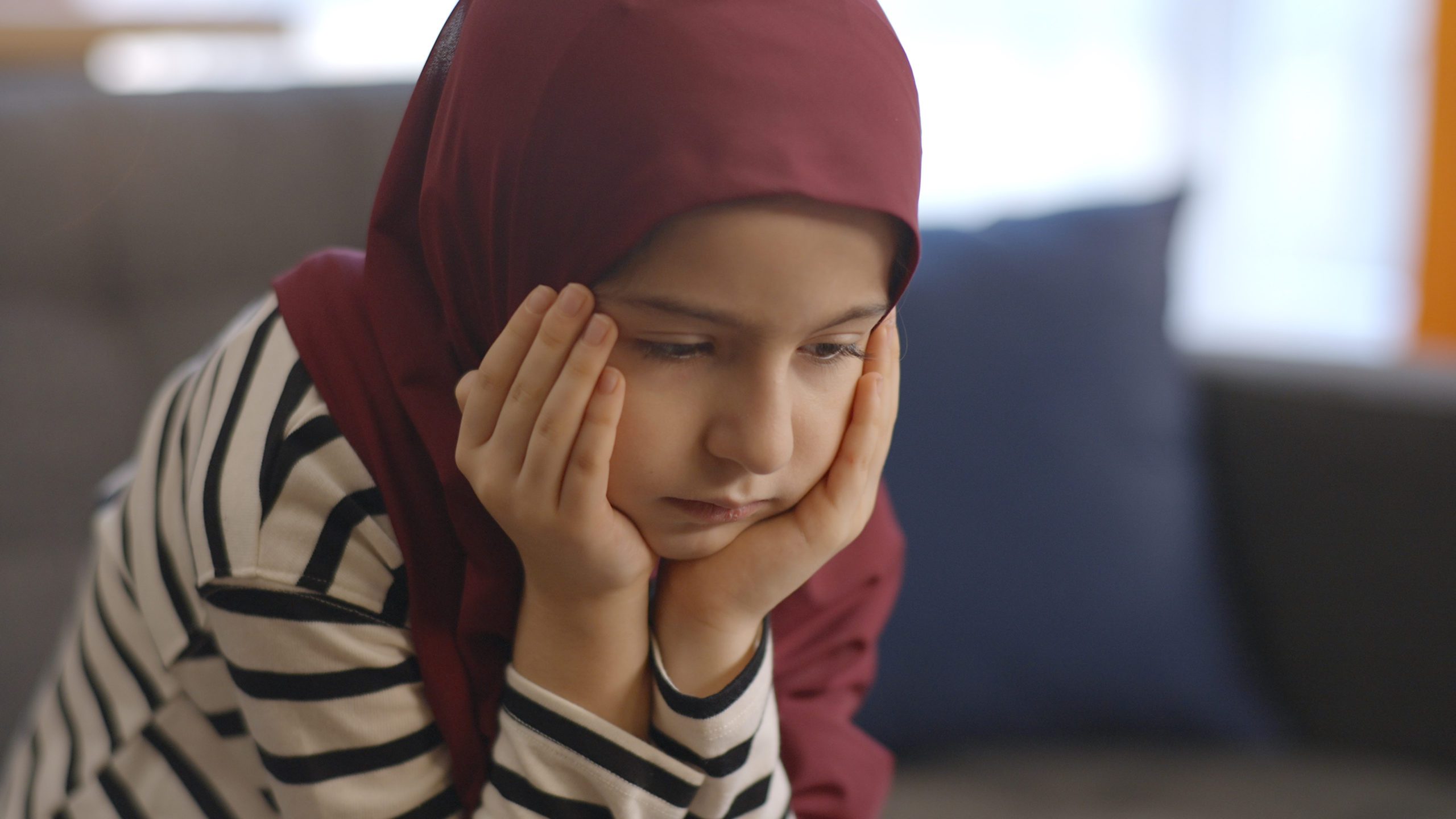
With the start of the new school year, Islamist threats are once again hovering over French schools, according to two successive memos issued by the Inter-ministerial Committee for the Prevention of Delinquency and Radicalisation and Territorial Intelligence, one dated August 27th and the other, September 16th.
The documents that were reviewed by BFMTV reveal that a certain number of Islamist messages are circulating on social media to incite pupils of the Muslim faith to defy the principle of secularism at school. The instructions are very diverse and come from anonymous accounts created on TikTok or Twitter, and Islamist influencers. Encouragement to wear clothes that show a religious affiliation at school; incitement to prayer within the school; blackmail using photos of young Muslim women being unveiled; deliberately seeking conflicts between educational staff and pupils have all become opportunities to bring a fundamentalist Muslim presence to life in school and to defy authority.
As far as dress is concerned, the instructions encourage pupils to find ways to get around the ban on wearing the veil in school. This involves wearing qamis, a garment worn by men, or abayas, loose, long dresses that hide the ankles.
Sports classes provide a prime testing ground. Intelligence services fear a burkini will appear in swimming lessons, leading to endless negotiations, accompanied by communication campaigns aimed at victimising pupils who are forbidden to wear it.
The Islamic influencers make concrete and explicit recommendations for calls for prayer in schools. Schools should not be an obstacle to daily prayer, they insist, and direct Muslim students to take every opportunity to pray, including in toilets and unoccupied rooms. Some exhortations encourage absenteeism in order to be able to go out and pray.
The Inter-ministerial Committee’s notes admit that “these expressions are characteristic of the Salafi-freedom strategy aimed at bringing religious practices and rites into the school.” The September 16th memo reveals that the claims have evolved to adapt to the law. The 2004 French law prohibiting the wearing of conspicuous religious symbols in schools was mainly aimed at banning the veil. Today, it is no longer just the veil that is at issue, but outfits such as abayas and qamis, which are not originally explicitly religious signs but which are becoming so in practice. Similarly, the appearance of excessively long skirts for girls, or bandanas in their hair, makes it more difficult for school authorities to identify the rule-breakers. A new phenomenon is also blooming, the ‘blackmail of the veil:’ young girls are pointed at and harassed on social networks when they wear the veil outside—but take it off once they arrive at school.
The Committee’s memos, although they come from state services, flagrantly contradict the official discourse of the minister of national education, the indigenist Pap Ndiaye, who does everything to minimise the problem of Islamisation of the school in his communications. In June, before the two notes were released, he claimed to “lack data” to be able to confirm the phenomenon. At the beginning of September, he renewed his words and called for “no generalisations” to be made.
